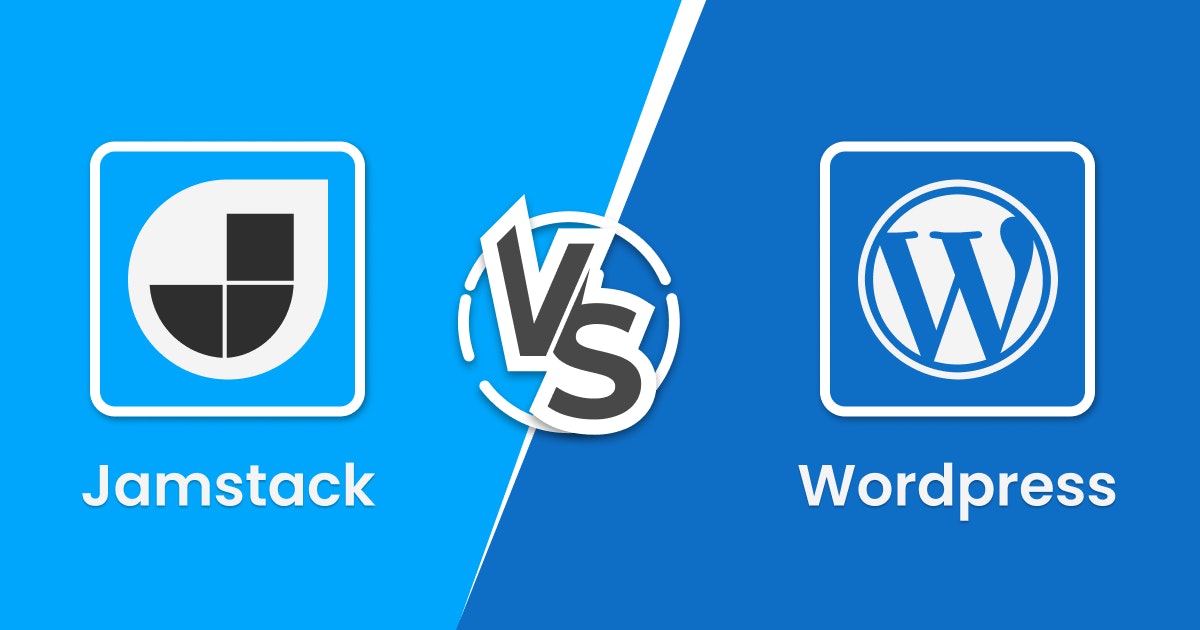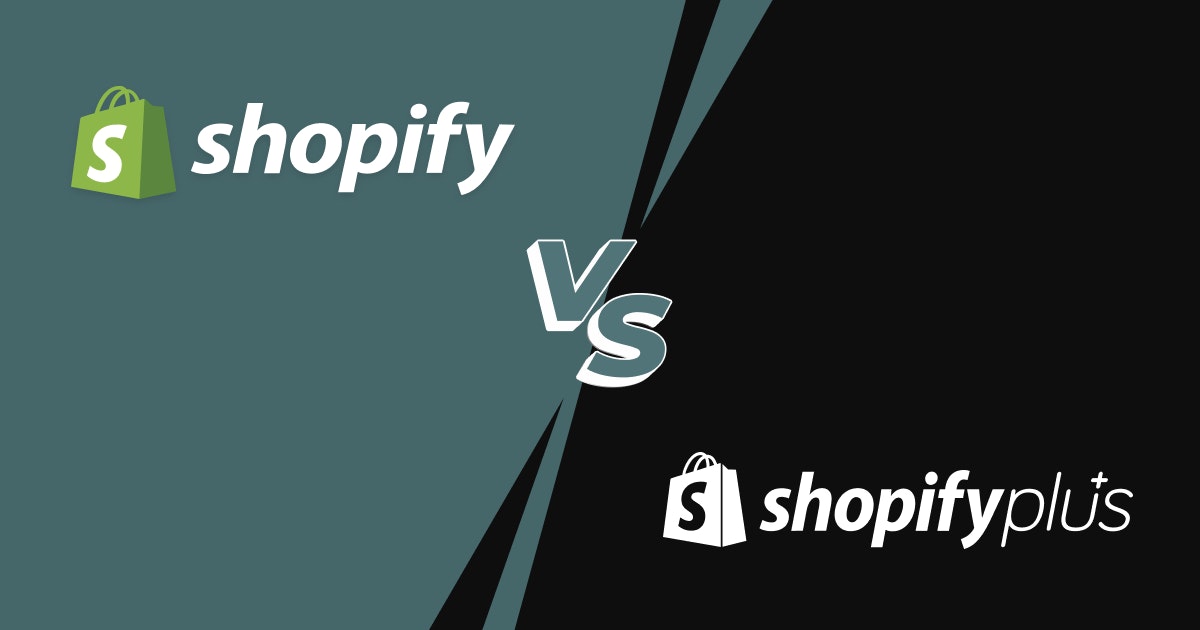During the early days of the COVID-19 pandemic, eCommerce was one of the most important success stories in retail. Public health concerns and extended lockdowns for consumers and retail workers alike compelled businesses to migrate to selling online.
According to McKinsey, companies have accelerated the digitization of their supply chain operations by three to four years! It is evident that the pandemic has essentially squeezed a decade of digital sales penetration in a short period. No one saw that coming!
In response, retailers have pivoted and transformed their brick-and-mortar operations and distribution processes to provide for their end customers and stay afloat as a business. Fast forward to April 2022, the world has more or less gone back to being 'normal.'
Even though masks are compulsory and social distancing a norm, everyone is out on the roads, going to work, traveling like before. On the other hand, those e-retailers that viewed eCommerce as a lifeline now have a more pessimistic view.
Skyrocketing online sales also increased fulfillment costs, accounting for 10%-20% of eCommerce revenues and affecting margins. In addition, the increase in consumer demand has also resulted in tough competition.
With customers spoiled for choice, it is another challenge to attract, engage and retain them. Healthy and sustainable eCommerce business growth requires a concerted effort that helps e-retailers adapt fast while keeping costs low.
That is where using modern technologies to your advantage can make all the difference in the world. To alleviate issues such as poor user experience and high maintenance costs, slow page speed, and faltering organic site traffic, you first need to build your site on a solid foundation.
Given that there is an 85% increase in desktop web pages powered by JAMstack and a 147% increase in mobile web pages in 2020, it is clear that the reliance of businesses on JAMstack is growing at a steady pace. But what makes it such an exceptional choice? Let us find out.
JAMstack for eCommerce: What is it?
An acronym for JavaScript, APIs, and Markup, JAMstack is an architecture where a site can be developed statistically, providing dynamic content and an interactive user experience through JavaScript. In simple words, it is a modern and intuitive web application development service.
JAMstack improves site performance, enables a more secure web application, helps in easy application scaling, and makes hosting static files cheaper. Brands like Nike, Shopify, and PayPal have built their online presence on JAMstack.
The framework writes and runs the codebase and ships developed files to the Content Delivery Network (CDN). It does not work with HTML, and CDN serves pre-built files on demand. The server-side rendering processes are reusable APIs in JAMstack.
Developers can either build one by themselves or use any third-party service such as Contentful for CMS and Stripe for commerce. The headless approach of JAMstack makes its sites unusually fast and high-performing on the web servers.
Ecommerce market overview
According to Statista, the number of digital buyers keeps rising yearly. In 2020 alone, over two billion people purchased goods or services. In the same year, e-retail sales surpassed $4.2 trillion. The figure is expected to grow by 50% by 2025, reaching about $7.4 trillion in four years.
As per the "State of the JAMstack 2021," 592 developers globally believe performance is among the top benefits of using JAMstack. Similarly, 45% and 42% of web developers feel security and cost-effectiveness were the voice of reason behind using JAMstack.
The reason e-retailers choose a headless eCommerce approach is because of its ability to scale quickly using the frontend technology of choice and enable fast and customized shopping experiences for the end-users.
For these reasons, the likes of BigCommerce have spent years investing in headless commerce functionality with a focus on developing open, flexible, and API-first platforms.
Using JAMstack for eCommerce: Top benefits
If you have decided to upgrade your online storefront on JAMstack or have chosen the web framework for building an eCommerce presence, you are in for a treat. Here are the top benefits of using JAMstack for eCommerce:
1. Sell your products everywhere
Creating a JAMstack eCommerce means your frontend (what end-users see) and backend layers (the business logic) will be decoupled. Due to the arrangement, you have the freedom of posting and showcasing your products on multiple online platforms like Amazon and Facebook.
This also makes managing all your digital sales channels easier. You do not have to go on every platform and make changes manually. It all happens from one place and in real-time.
2. Unlimited user experience possibilities
JAMstack allows you to develop a personalized storefront for your customers that offers unique shopping experiences and makes you stand out in the crowd. You can build a custom storefront or PWA based on Shopify, BigCommerce, or other eCommerce platforms.
Moreover, if you are catering to more than one group of customers, you can design a unique experience for each one of them. This functionality is a tad difficult to achieve on other sought-after eCommerce platforms.
3. Improved time to market
Better developer experiences result in the optimized time to market. JAMstack boosts the development process, personalizes customer experiences so that your eCommerce store can be unique, helps add new touchpoints where customers can find your products, and builds user interfaces the way you want. Quality and innovation are not compromised on JAMstack.
4. No full-stack development experience required
From deploying the layout to connecting it with the backend layer, developers do not have to worry about anything when working with JAMstack. That is because the framework makes it possible to use APIs, so developers can rely on eCommerce platforms like Shopify and WooCommerce for the backend and focus on just developing a frontend layer.
5. Costs lesser than the traditional route
Because JAMstack sites are more or less static, they do not require as much storage space as the dynamic sites. The hosting is cheap. The development costs are lower than building a website from scratch, and the maintenance process is much less painful.
6. Greater security
Since JAMstack sites do not have a traditional database, they are less prone to hacker attacks. Database or server vulnerabilities are not something you have to worry about if you opt for JAMstack for developing your next eCommerce store. Keep cybercrimes at bay!
7. Faster and high-performing sites
The site speed has been a significant point of discussion, and yes, it is true. JAMstack sites are faster. That is because of a simple setup where static files are hosted on CDNs. This is a significant factor for eCommerce websites as even a second's delay reduces page views by 11% and brings down the customer satisfaction by 16%.
Futureproof Your App Development With SPAs, SSGs, And SSR: A Comparison
Learn MoreHow does JAMstack work in eCommerce?
Launching an eCommerce storefront with JAMstack is simple and only involves five steps:
- Design your store layout
- Create a static site using a Static Site Generator (SSG)
- Add a headless Content Management System (Think Contentful?)
- Implement a headless commerce solution
- Deploy to a CDN
Like headless commerce, JAMstack separates the frontend layer from the dynamic functionality of the "head" app, resulting in faster performance and an improved customer experience.
This is possible with the use of markup (your static HTML files). These files may come from a static site generator such as Vue or React in a headless setup. That makes the development process entirely convenient for the developers.
Due to the static nature of the site, the files can be pre-rendered from a CDN cache, enabling users to view content in a much shorter period.
In addition, many components in eCommerce are dynamic, not static. This includes stock levels, product processes, customer reviews, and temporary promotions.
To handle all of this effectively, JAMstack leverages JavaScript to dynamically insert content after the data has been pulled from the backend layer through essential makeup and APIs. Who does not want to achieve that on their eCommerce storefront?
Factors to consider before using JAMstack in eCommerce
1. Merger of eCommerce functionalities and static sites
There is a common misconception that static sites cannot support features of what an eCommerce store would have, such as handling product recommendations, multi-gateway payments, product searches, and so on.
That is not true. You can take the help of some brilliant third-party applications or APIs to build an eCommerce store on top of a static site. You have to find the right vendors that can enable the features you want without harming the website speed or performance in any way!
2. The total build time for huge online stores with volumes of web pages
Even though JAMstack supports huge eCommerce stores, it requires the rebuilding of every web page, even if only one page has been changed. Imagine following the same practice for thousands of pages every time there is a minor change.
You could be displaying hundreds of thousands of products at a given time on your eCommerce store. You cannot possibly make the change everywhere whenever a change happens to one web page. Thankfully, incremental builds are the perfect solution to the problem.
Next.js and Gatsby are open-source web development frameworks that pre-render all the site assets - CSS, HTML, JavaScript - to be served and showcased statically. No server support is involved, so a new build must occur every time a change is made to the product catalog or site's content. This is a very time-consuming process.
Incremental builds ensure that only part of the modified site is re-developed, significantly shaving off the built time. It is a feature available in Next.js and Gatsby Cloud, which limits re-creating only those pages that have been changed.
Therefore, large eCommerce stores with volumes of pages can migrate to JAMstack if it is what they want. Although the solution works, you could still find a delay between publishing changes and seeing the output.
3. Rebuilding of plugins
Most plugins have a codebase that runs on the hosting server and the end user's browser window. If you choose a JAMstack eCommerce solution, it will essentially break the connection between the two codebases along with many plugins.
This occurrence requires the plugins to be rebuilt, which is not always possible. You must find a third-party service that does the same job as the broken plugins and can help develop a custom solution that you can incorporate into your JAMstack eCommerce site.
4. Moving parts that cannot be ignored
If you take the help of many plugins and deploy too many APIs, there are chances of more things going wrong and more systems to master. Please remember that JAMstack eCommerce sites typically use a backend, a content management system, and a handful of third-party apps for different purposes such as analytics and reporting. You must have the necessary expertise in-house to be able to deal with any problems that arise with the eCommerce site.
5. High implementation costs
JAMstack eCommerce sites are not that cost-effective to develop. They require expert JavaScript developers who can work their way through the codebase and handle complicated integrations easily. Building an eCommerce store on the framework is an arduous task.
You can expect to spend close to 400 development hours or more to build a medium-sized JAMstack eCommerce site. If you plan to do it in-house, you need to hire a whole team, and if you outsource it to some company in the west, the budget will overshoot. So, you have to be mindful of the costs you need to build an eCommerce site on JAMstack.
6. JAMstack technologies for eCommerce
It would help if you also considered the tech stack you will deploy for your eCommerce site development project. If you already have an online store, you need to prepare for JAMstack migration. Either way, having the proper tech support is crucial.
Use frameworks such as React.js, TypeScript, Gatsby.js, and Next.js for frontend layer build. Ecommerce platforms such as Shopify, Magento, Saleor, Crystallize, and BigCommerce integrate well with JAMstack, so do not worry about that.
Regarding content management systems, use tools like WordPress, Sanity, Contentful, and Strapi. You can pick either Vercel, AWS, Netlify, or Firebase for hosting and development.
7. JAMstack migration made simple
You can either use your existing eCommerce platform as a headless eCommerce solution or migrate from an existing platform to another and use that as a headless platform.
How the entire migration process to JAMstack will pan out depends on what and to what one wants to migrate.
In one scenario, you can get a storefront you need to personalize the way you want, and in another case, you may need to sync eCommerce with a storefront via a plugin. Speak to an expert like Intuz to get clarity about your migration process.
Over to you
JAMstack has taken the world by storm. After all, it is a modern web architecture with many benefits that any business will want to enjoy. When it comes to eCommerce, you want to walk the extra mile by supercharging the shopping experiences for your visitors.
Its ever-evolving global community will keep pushing the boundaries of what one can do with JAMstack. If you have decided to use JAMstack as the foundation of your eCommerce store and want a JAMstack development company to help you, look no further.
Use our expertise to build a high-performing eCommerce site with a stunning UI and robust functionalities. Please book a consultation with us today!




